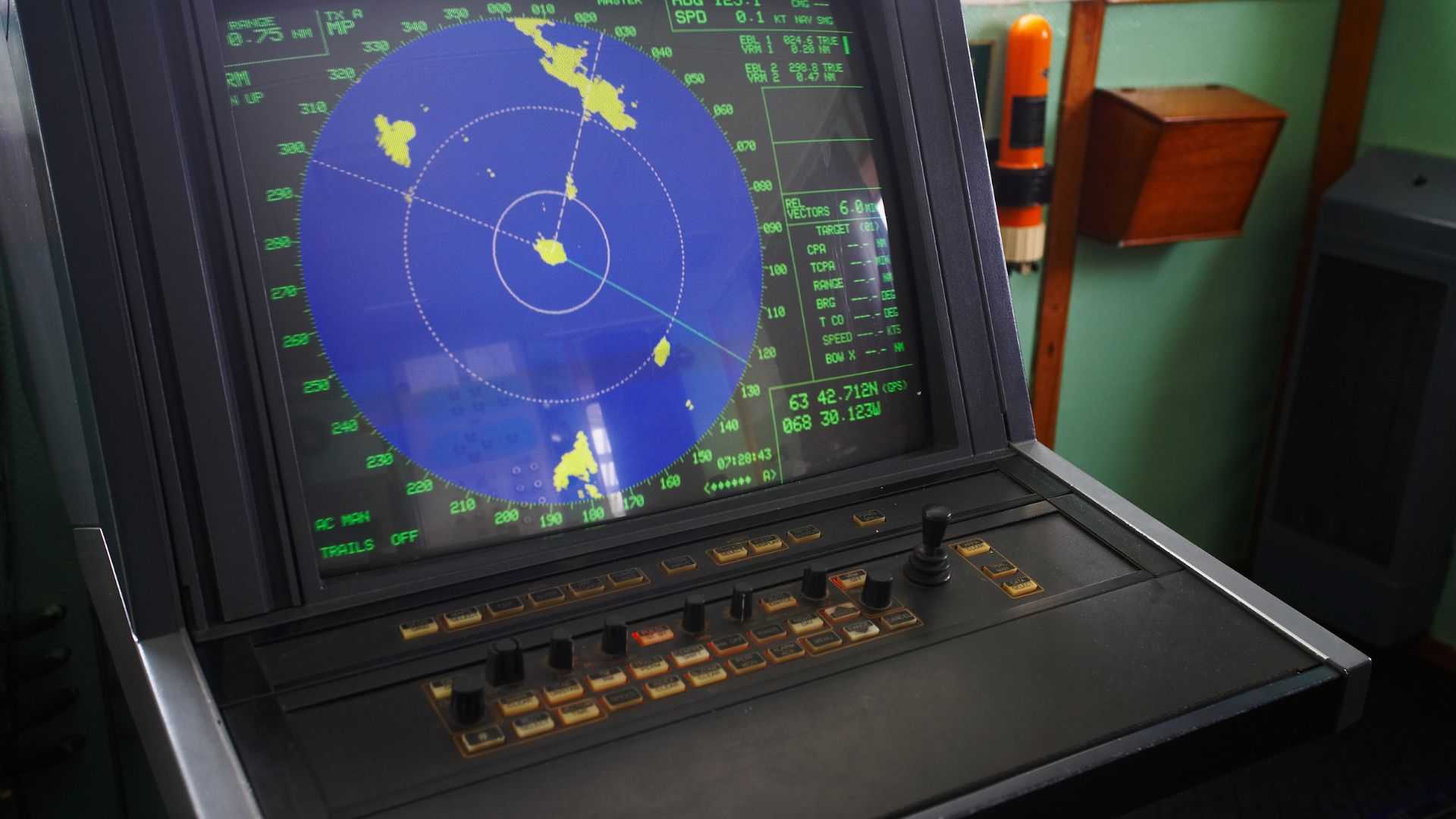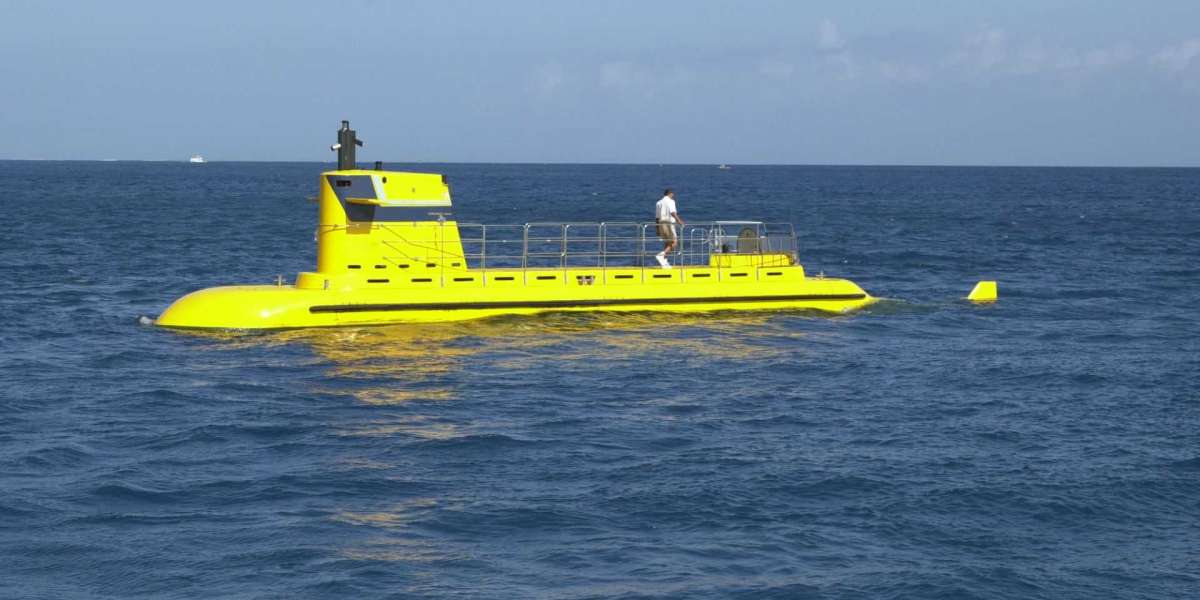Have you ever wondered how submarines see underwater or how fishermen locate schools of fish? The answer lies in sonar technology. This system helps ships, submarines, and even some animals understand their surroundings in a way that human eyes cannot. But how does it work? Let's break it down in a way that makes sense, using real-life examples and easy-to-understand concepts.
What Is a Sonar System?
Sonar stands for Sound Navigation and Ranging. It uses sound waves to detect objects, measure distances, and map underwater surfaces. The basic idea is quite similar to how bats fly in the dark—they send sound waves and listen for the echoes to know what's around them.
A Personal Story: My First Experience with Sonar
I remember my first fishing trip with my uncle when I was a kid. He had a small fish finder on his boat, which he proudly called his "underwater eyes." At first, I thought it was some magic trick, but when I saw the tiny screen showing fish swimming beneath us, I was fascinated. He explained that it was a sonar system sending sound waves down into the water and reading the echoes to tell us where the fish were. That was the moment I realized how helpful sonar could be.
How Does a Sonar System Work?

Sending Sound Waves
The sonar system starts by sending out a pulse of sound, often called a ping. This sound travels through water until it hits an object, like a rock, a shipwreck, or a school of fish. The sound wave moves steadily, making it easy to measure distances.
Echoes and Reflections
When the sound wave hits an object, it bounces toward the sonar system. This is similar to how your voice echoes when you shout in a canyon. The time it takes for the echo to return helps determine how far away the object is. The longer it takes, the farther the object is located.
Analyzing the Data
A computer inside the sonar system measures the time difference between sending the sound and receiving the echo. Based on this, it calculates the distance and sometimes even the object's shape. More advanced sonar systems can create detailed images of underwater landscapes, helping scientists and explorers.
Types of Sonar Systems
Active Sonar
This is the most common type. It works by actively sending sound waves and waiting for the echoes to return. It's often used by submarines, ships, and fish finders. Because it produces its signals, it can detect objects even in complete darkness.
Passive Sonar
Instead of sending out sound waves, passive sonar listens to the sounds in the water. The military mainly uses it to detect enemy submarines without revealing their location. Since it doesn't make noise, it's excellent for stealth operations.
Real-Life Applications of Sonar
Marine Navigation
Ships use sonar to detect underwater obstacles and prevent accidents. This is especially useful in foggy conditions where visibility is low. It allows captains to steer safely through unfamiliar waters, avoiding rocks and icebergs.
Fishing Industry
Many fishermen rely on sonar to locate fish quickly. This helps them save time and fuel while increasing their catch. By detecting schools of fish underwater, they can decide the best spots to cast their nets for a successful haul.
Underwater Exploration
Scientists and explorers use sonar to map the ocean floor and discover hidden shipwrecks. The Titanic was found using sonar technology. This method helps create detailed maps of otherwise impossible areas to explore.
Military and Defense
Navies use sonar to detect enemy submarines and mines. It plays a key role in keeping the waters safe. They can prepare defensive strategies and maintain security in critical regions by identifying potential threats.
Medical Imaging
Believe it or not, sonar principles are also used in ultrasound machines. These devices help doctors see inside the human body without surgery. By using sound waves, they can examine organs, monitor pregnancies, and detect medical conditions safely.
A Fun Experiment: Try It Yourself!
How to Test Sonar at Home
You don't need high-tech equipment to understand how sonar works. Here's a simple experiment you can try at home. Stand in a large, empty room and clap your hands loudly. Listen carefully for an echo as the sound bounces back. This is precisely how sonar detects objects underwater.
Sonar is one of the most fascinating technologies that helps us understand what's hidden beneath the water's surface. From guiding submarines to assisting fishermen and even aiding in medical imaging, sonar has countless uses. Next time you're on a boat or watching a submarine movie, you'll better understand what's happening beneath the waves.
FAQs
1. What is a sonar system used for?
A sonar system is used for detecting objects underwater, measuring distances, and mapping surfaces. It is commonly used in submarines, fishing, underwater exploration, and even medical imaging.
2. How does sonar detect objects?
Sonar works by sending out sound waves and measuring the time it takes for the echoes to return. The system then calculates the distance and shape of the object based on the echo patterns.
3. What is the difference between active and passive sonar?
Active sonar sends out sound waves and listens for echoes, while passive sonar only listens to existing underwater sounds. Active sonar is used for mapping and navigation, while passive sonar is mainly used for military detection.
4. Can sonar be used on land?
Sonar is mainly designed for underwater use, but similar sound wave technology is used in medical ultrasound and underground mapping. These systems work on the same principles but are adapted for different environments.
5. Does sonar affect marine life?
Yes, high-powered sonar can sometimes impact marine life, especially whales and dolphins that rely on natural sound waves for communication. Scientists and marine agencies work on ways to minimize its impact while using sonar effectively.











